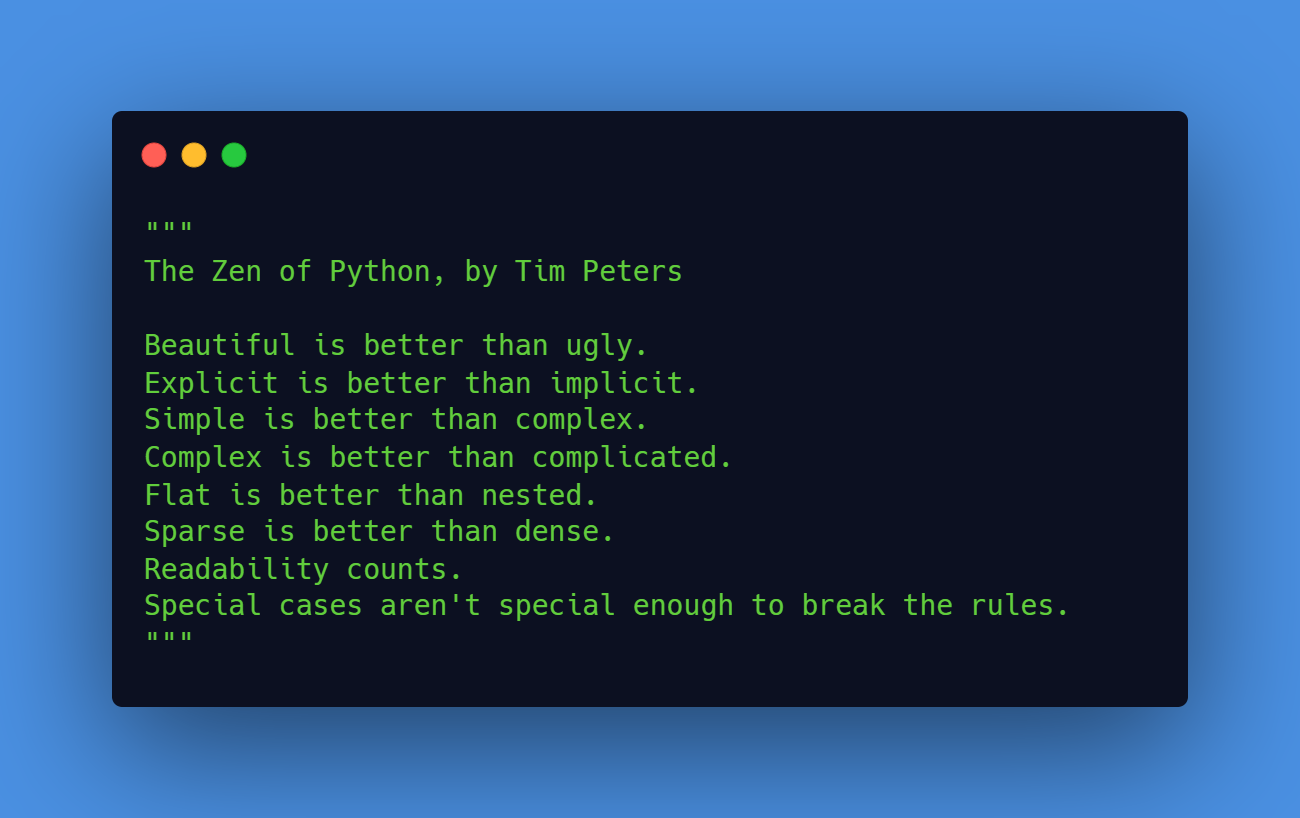In JavaScript, you may need to check if a number falls within a specific range of numbers. For example, you may want to ensure that a user-entered number is between a minimum and maximum value, or you may want to check if a random number is within a certain range.
In this article, we’ll take a look at how to check if a number is between two numbers in JavaScript and why it is best practice to use the Number.isFinite() and Number.isSafeInteger() methods when doing so.
Checking if a Number is Between Two Numbers
To check if a number is between two numbers in JavaScript, you can use the Number.isFinite() and Number.isSafeInteger() methods in combination with a comparison using the >= and <= operators. Here is an example of how to do this:
const isBetween = (num, min, max) => {
return Number.isFinite(num) && Number.isSafeInteger(num) && num >= min && num <= max;
};
Code language: JavaScript (javascript)In this example, we’ve defined a function called isBetween() that takes three arguments: the number to check, the minimum value, and the maximum value. The function returns true if the number is finite, a safe integer, and within the specified range, and false otherwise.
Why It is Necessary to Use the Number.isFinite() and Number.isSafeInteger() Methods
It is necessary to use the Number.isFinite() and Number.isSafeInteger() methods when checking if a number is between two numbers in JavaScript because these methods allow you to check if the number is finite and if it is a safe integer, respectively. A finite number is a number that is not infinite, and a safe integer is an integer that is within the range of numbers that can be accurately represented in JavaScript.
By checking if a number is finite and a safe integer, you can ensure that the number can be accurately represented in JavaScript and that it is not infinite. This is important because if a number is not finite or is not a safe integer, it may not behave as expected when used in mathematical operations or comparisons. Here is an example of where a number may not behave as expected if you did not use the Number.isFinite() and Number.isSafeInteger() methods:
const isBetween = (num, min, max) => {
return num >= min && num <= max;
};
const result = isBetween(Infinity, 1, 10);
console.log(result); // Output: true
Code language: JavaScript (javascript)In this example, we’ve defined a function called isBetween() that checks if a number is within a specified range. However, the function does not check if the number is finite or a safe integer. This means that if we pass the Infinity value to the function, it will return true because Infinity is greater than or equal to 1 and less than or equal to 10.
However, this is not correct because the Infinity value is not a number that can be accurately represented in JavaScript. In mathematical operations and comparisons, Infinity may not behave as expected and it can cause errors in your code. By using the Number.isFinite() and Number.isSafeInteger() methods, we can ensure that the Infinity value is not considered a valid number and that it is not returned as a result.
const isBetween = (num, min, max) => {
return Number.isFinite(num) && Number.isSafeInteger(num) && num >= min && num <= max;
};
const result = isBetween(Infinity, 1, 10);
console.log(result); // Output: false
Code language: JavaScript (javascript)In this example, we’ve updated our isBetween() function to use the Number.isFinite() and Number.isSafeInteger() methods. We’ve then called the isBetween() function with the Infinity value and the minimum and maximum values of 1 and 10. Since the Infinity value is not finite or a safe integer, the function returns false.
By using the Number.isFinite() and Number.isSafeInteger() methods, we can ensure that only valid numbers are considered when checking if a number is between two numbers in JavaScript. This can prevent errors and unexpected behavior in your code.

Leave a Reply